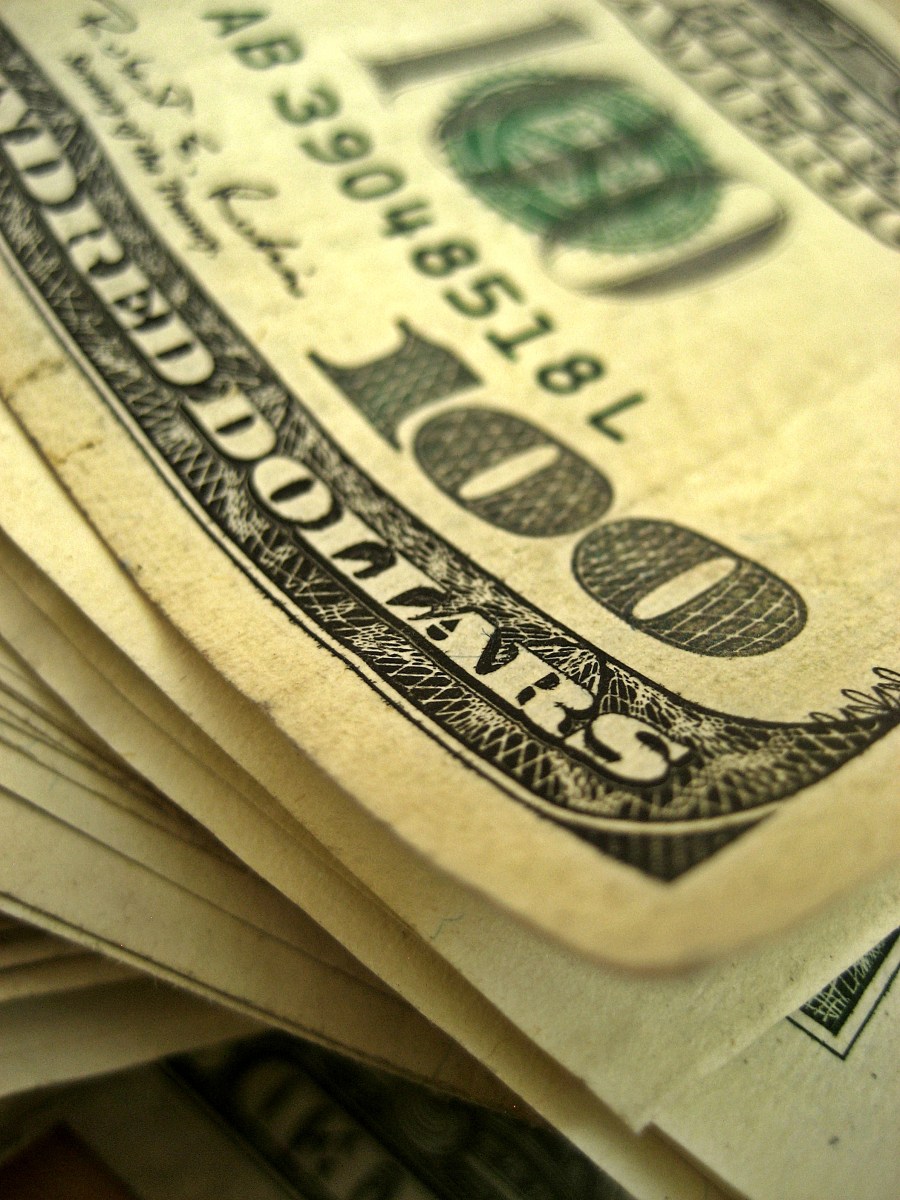11 Things to Consider When Buying a Motorbike
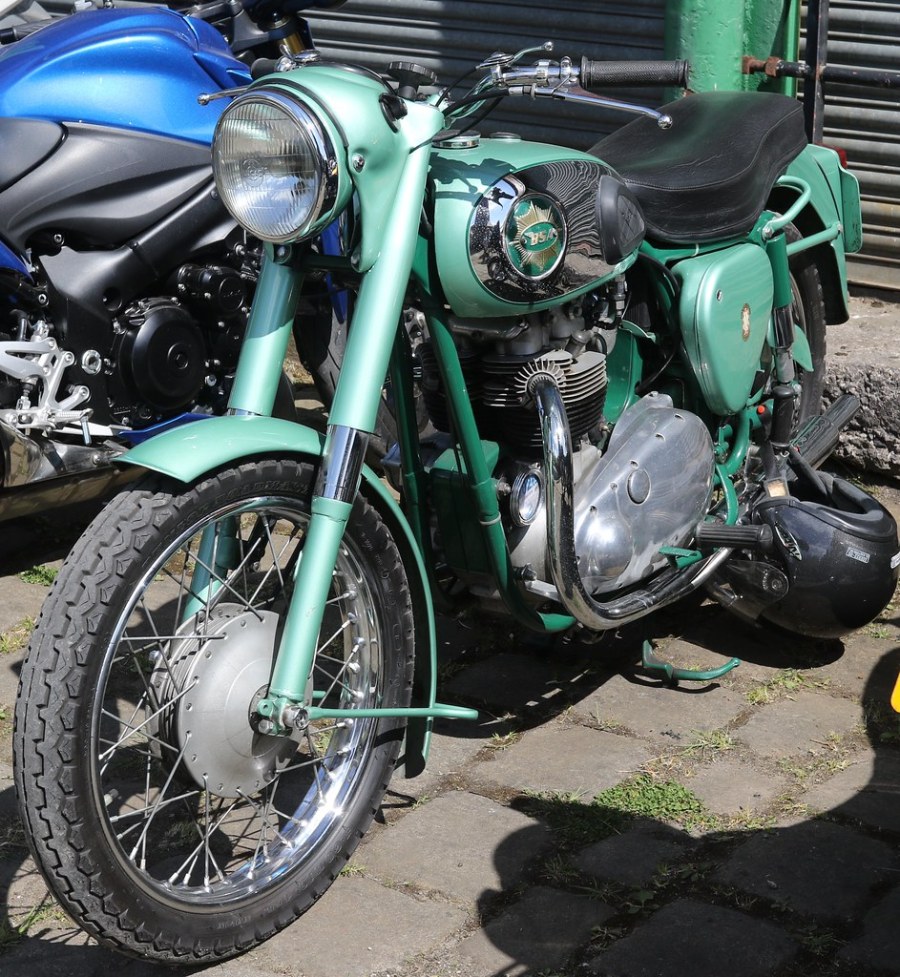
Buying a motorbike, whether it’s your first or your 50th, is exciting. However, there are some things you should think about carefully before jumping into a purchase. Here are 11.
Safety Training
Particularly if you’re new to motorbikes, it might be worth taking a motorcycle safety course. Check out the Motorcycle Safety Foundation (MSF) website for details of courses near you. Passing one could lower your insurance rate.
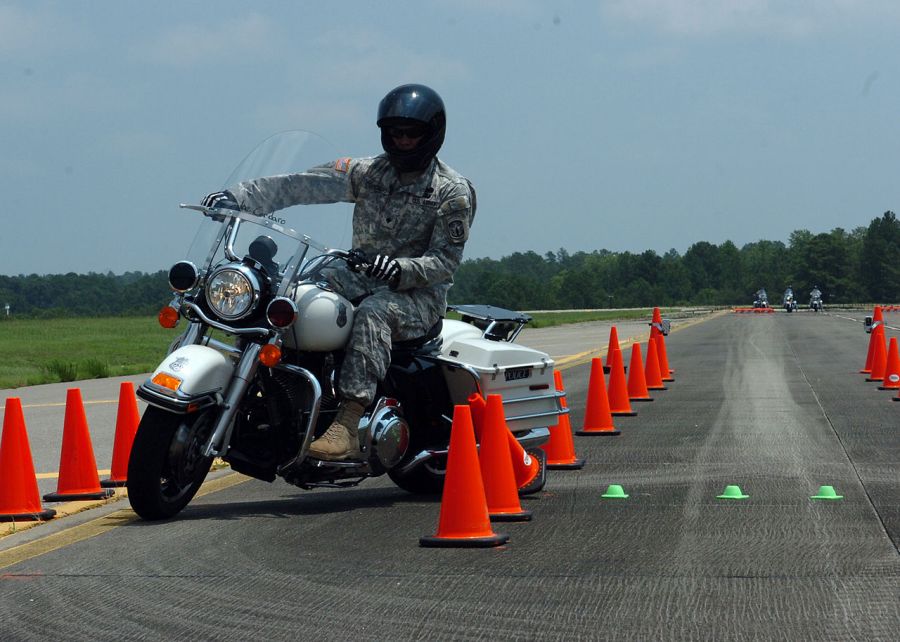
Lifestyle
Not everyone gets a motorbike for the same reason. Some people want one for long, cross-country touring and may, therefore, want cruise control and heating. Others might want a sporty model for recreational riding or commutes. Consider your intended use before choosing a model.
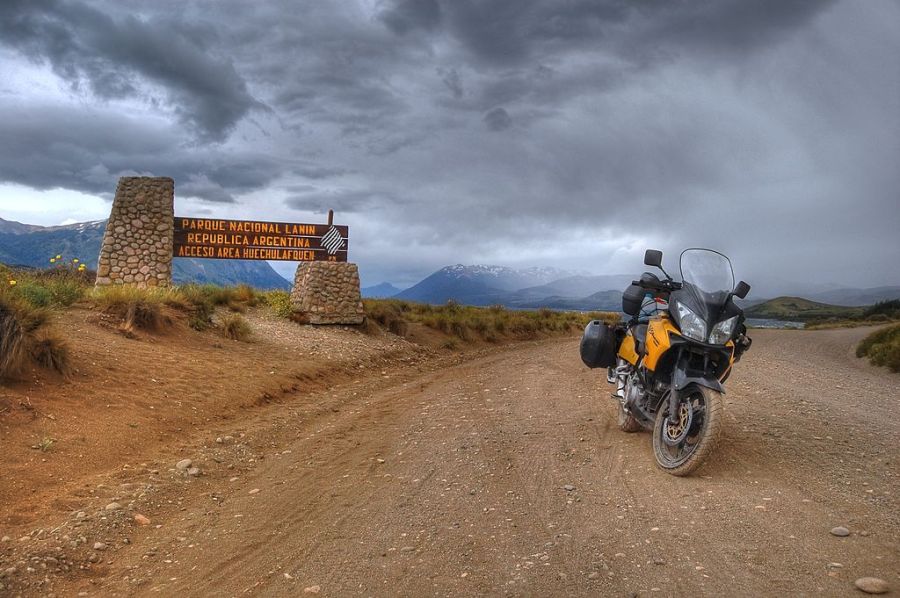
New or Used
Deciding whether you want to buy a new or used model is a personal choice. Some prefer the security of a warranty and choose to buy new, while others appreciate the better value of a used model. Give some thought to your own budget and priorities.
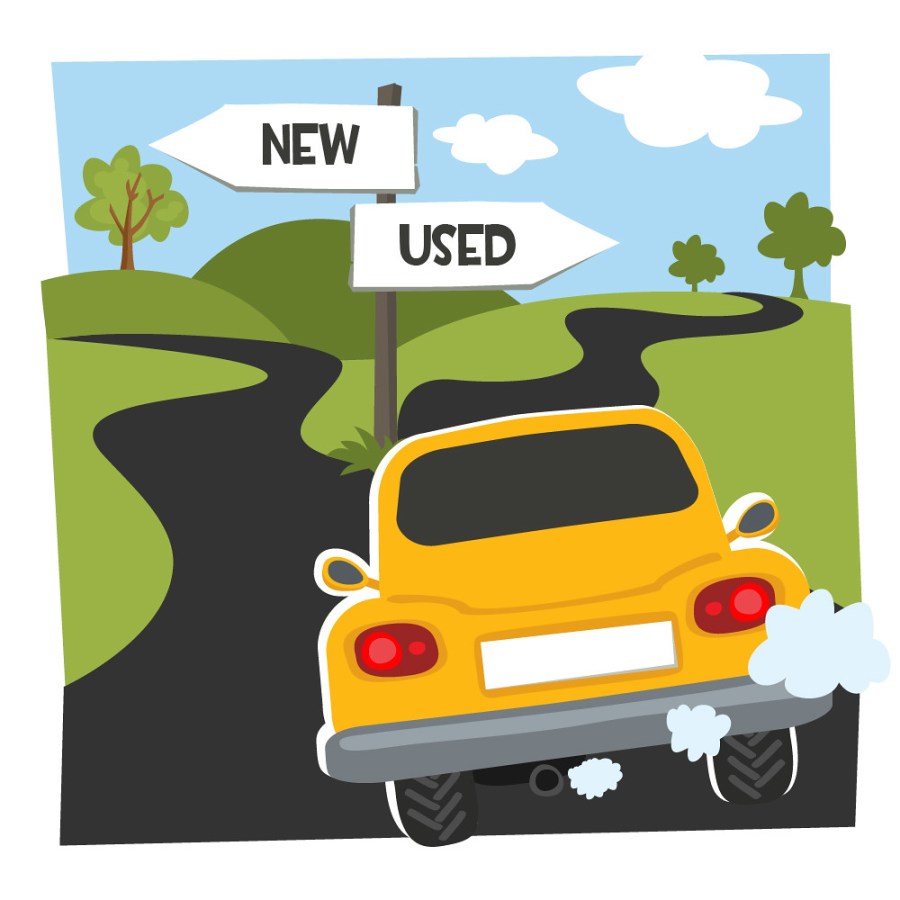
Dealership or Private Seller
Whether you’re buying a motorbike new or used, there are pros and cons to buying from a dealership or private seller. A dealership can offer trade-ins and warranties, for instance, but may charge more than a private seller.
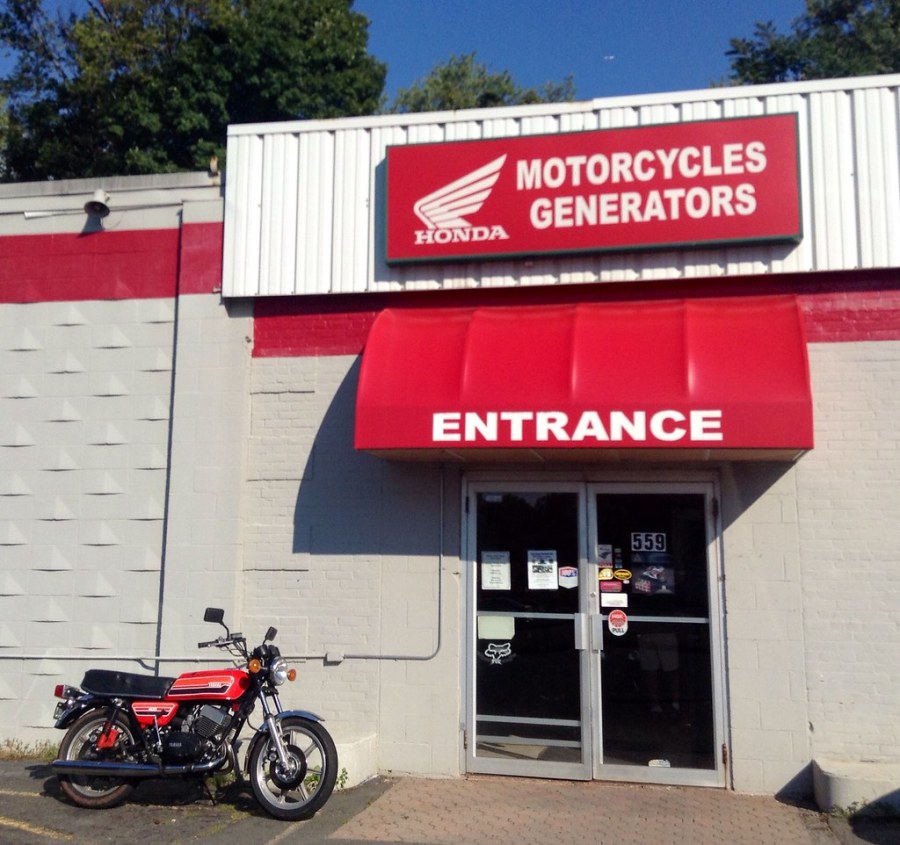
Insurance Cost
All kinds of factors can affect your motorcycle insurance quote, and some of them are out of your control. But you can research the most cost-effective classes and models to insure before making a purchase.
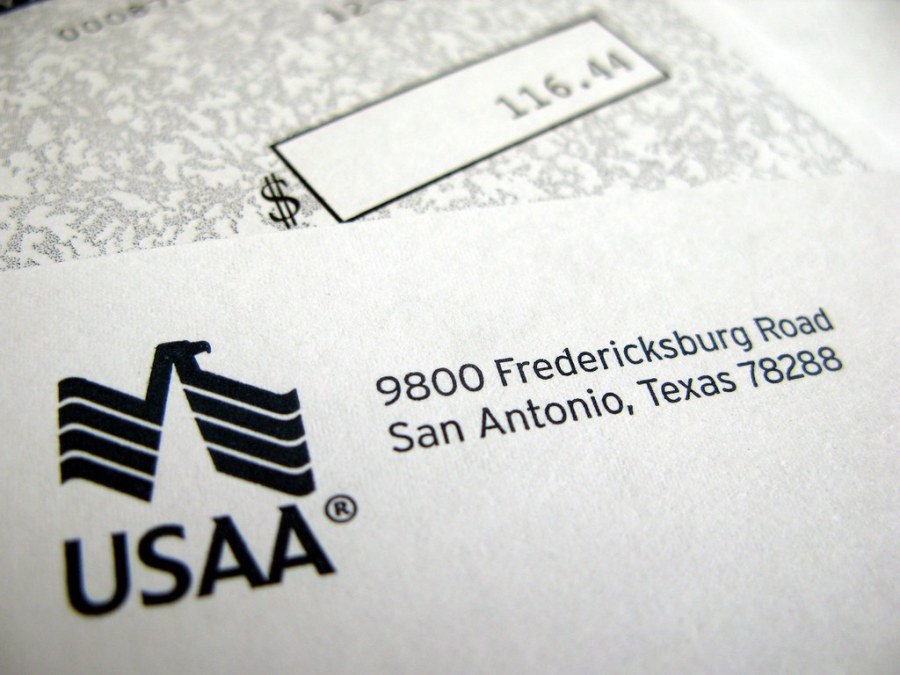
Inspection
Unless you know what to look for, you might want to get a mechanic to give a motorbike you’re thinking of buying a thorough inspection. They’ll be able to identify potentially costly problems that make a seemingly good deal and terrible one.
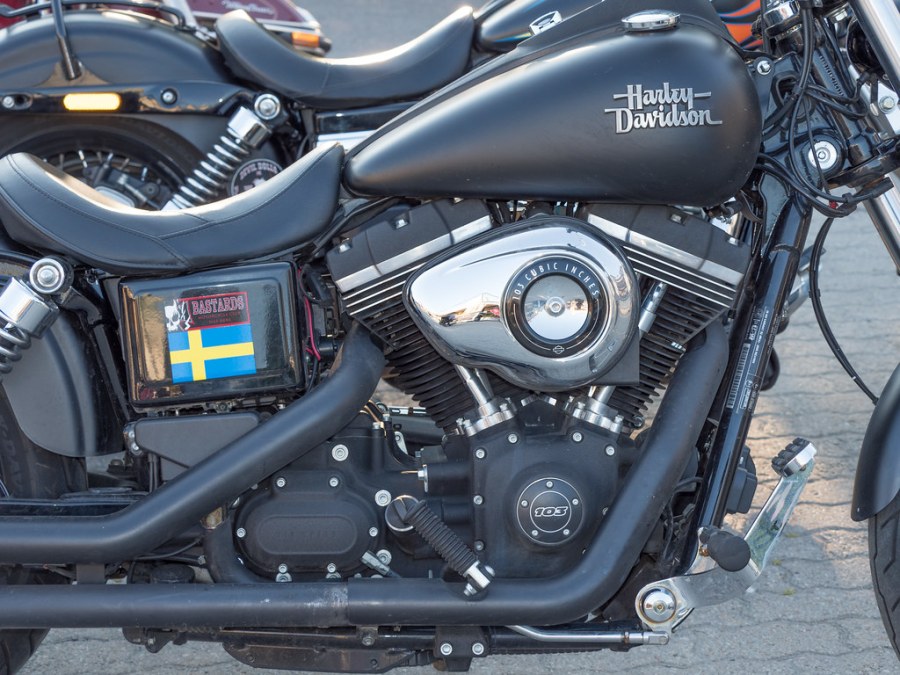
Test Drive
This should go without saying, not just so you can see what you’re buying but whether you can even ride it. Some bikes simply cannot be safely operated by novice riders. On the other hand, advanced riders may find low-performance models unrideable.

Body Fit
You should also look for a bike that fits your body type. The best way to do this is to sit on it and take it for a spin. Racing models can put strain on the untrained wrist, for example, and the ergonomics vary widely between bikes.

Service History
A full-service history can tell you whether a motorbike has had mechanical issues in the past, so it’s a good idea to request these records from the seller. If nothing else, the fact that they’ve maintained these documents is a sign that they’ve looked after the bike.
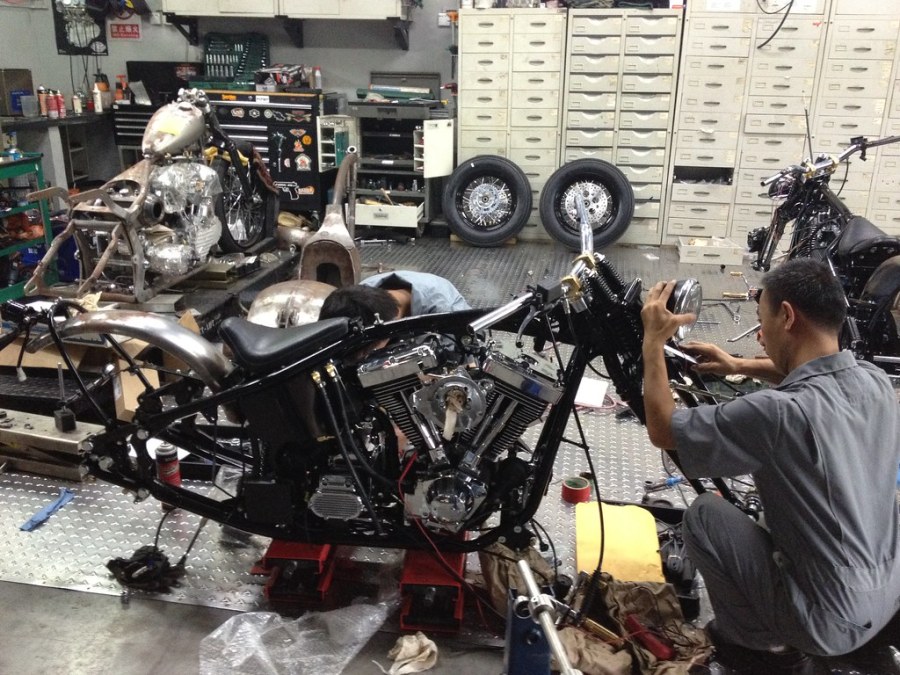
Title History
Another way to check the history of a motorbike is to conduct a title history search at a site like Cyclechex. If it doesn’t have a title, you won’t be able to register, sell or trade the bike after buying it.

Making an Offer
Before making an offer, it’s a good idea to know exactly how much you’re willing to spend as a maximum. Base this figure on research of the market value, as well as of course an inspection of the actual bike. Then, decide on the amount you want to pay, which is your target price. Your offer should be a little lower than this, allowing the seller to negotiate a higher price that’s still within your budget.
